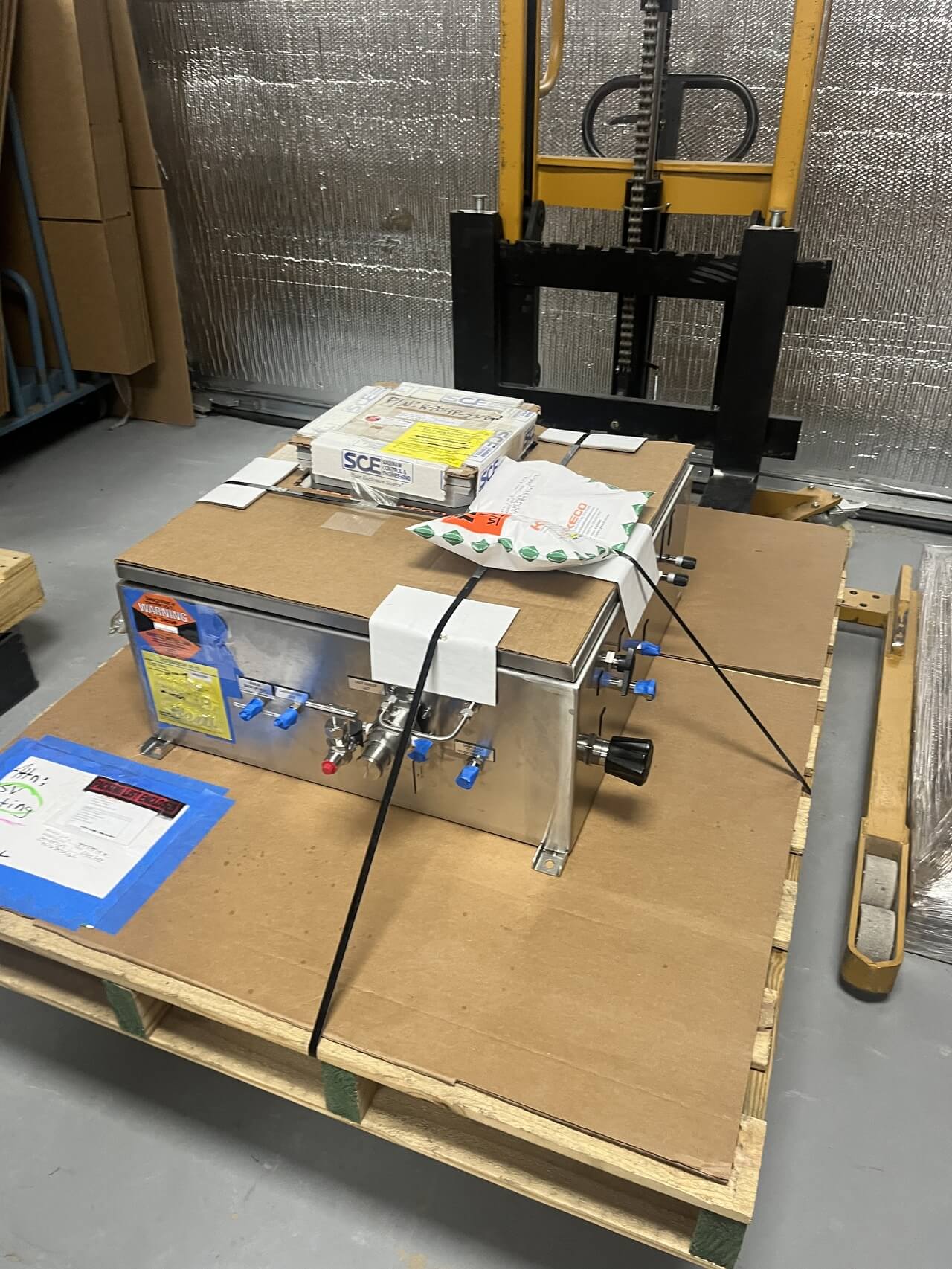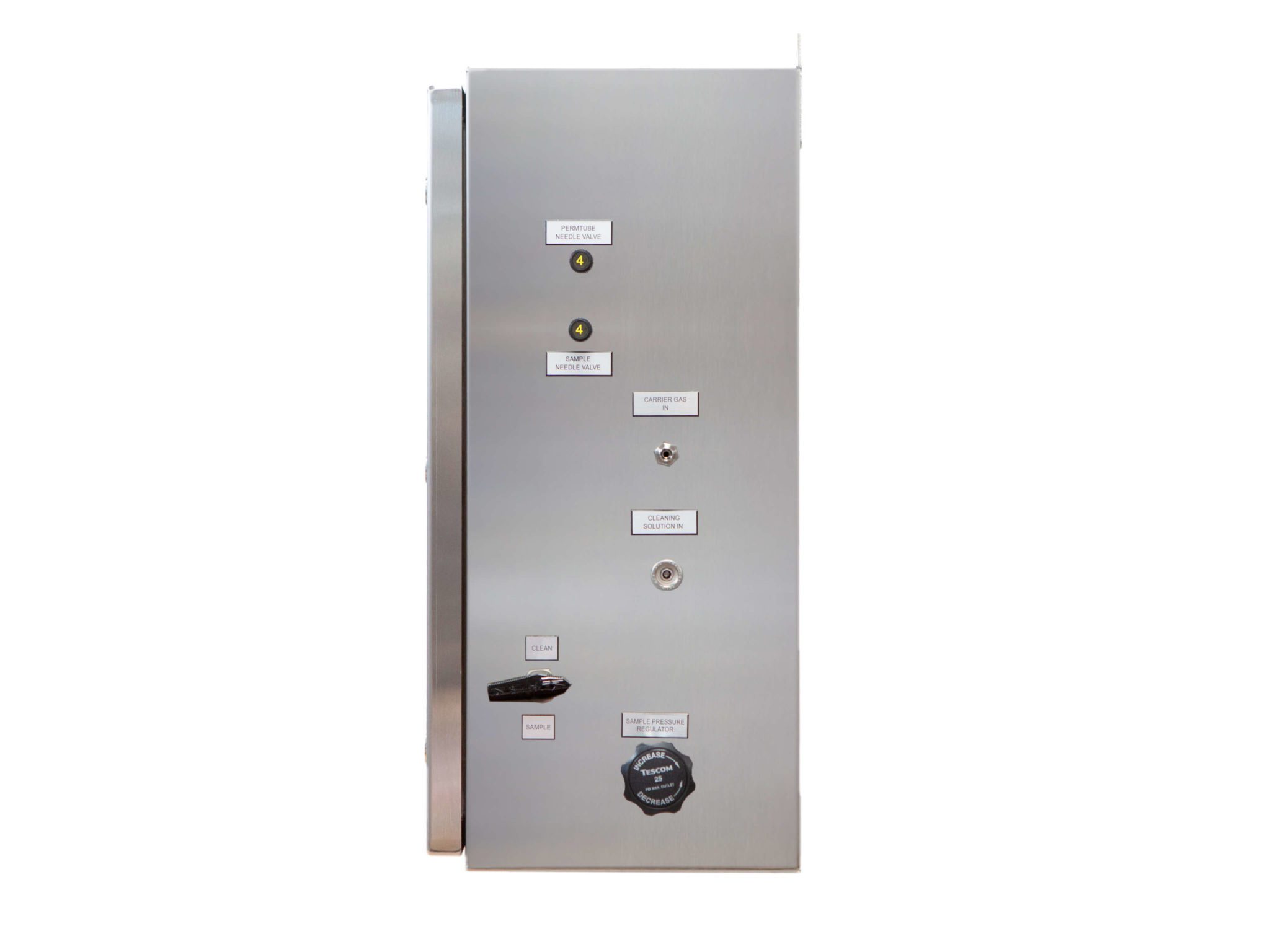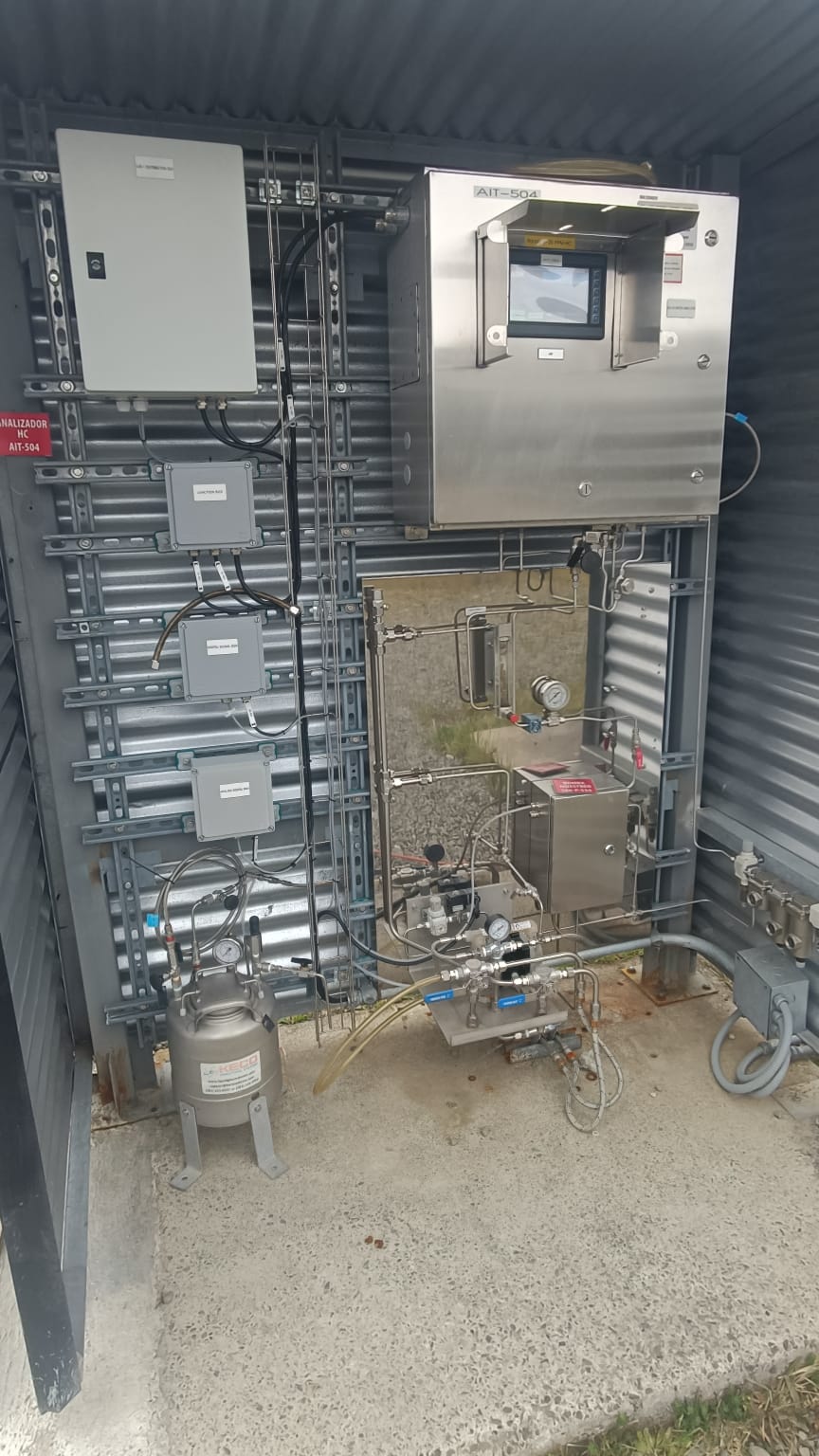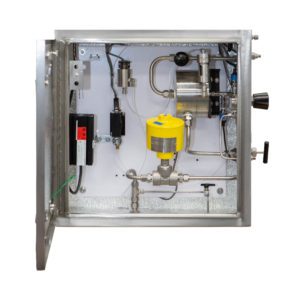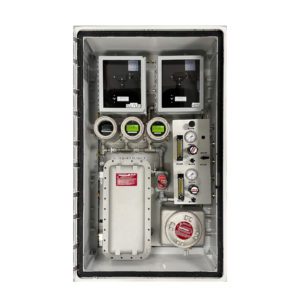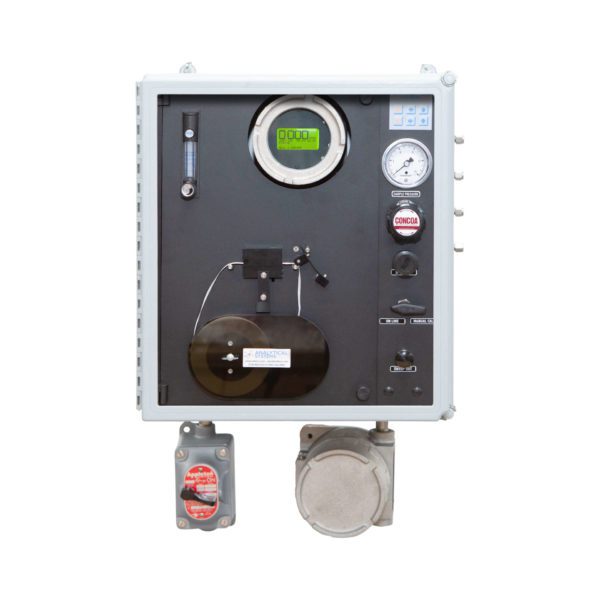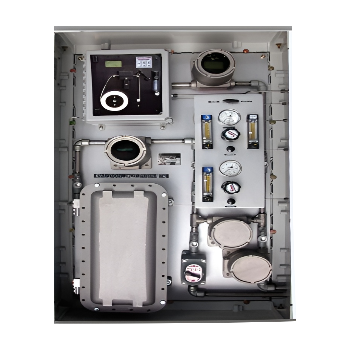Hydrocarbon (VOC) in Water Analyzer
Features
Features
- Continuous on-line analysis
- No routine calibrations required
- 30+ years experience
- Field-proven reliability
- Typical 99% uptime
- Measures Low PPBw, PPMw and up to saturation
- True Liquid Validation by PermTube
- Measurement include aromatic and aliphatic compounds
- TCEQ “Best Available Control Technology”
- Hazardous area classification: Division 1 and 2, Zone 1 and 2, ATEX and IECEx certificates may be available (added cost)
- Preferred Vendor by Shell and Saudi Aramco
Description
Product Description
The ability to analytically quantify total hydrocarbons and volatile organic compounds (VOCs) in cooling towers, heat exchangers, holding ponds, produced water, run-off water, and waste water is greatly enhanced with the Model 204 Hydrocarbon VOC in water analyzer due to the Sample Transfer Stripper, utilizing exclusive KECO Membrane Technologies, and the tin oxide sensor technology offered by KECO.
The VOC in water analyzer system utilizes patented and exclusive features only available from KECO.
It measures aliphatic and aromatic hydrocarbons (including important carcinogenic compounds BTEX like benzene, toluene, and xylene).
This hydrocarbon analyzer is very low maintenance and does not require routine calibrations in the field. It is field-proven to maintain a typical 99% up-time.
The liquid sample continuously flows into the analyzer and into the heated Sample Transfer Stripper unit which effectively strips the VOC hydrocarbons from the water and into the carrier air based in part on Henry’s Law. The carrier air then sweeps the VOC hydrocarbons to the metal-oxide sensor or G.C. for quantitative analysis in ppb, ppm, or up to saturation levels.The advanced transmitter electronics quantifies and displays the values on the back-lit LCD display, 4-20mA output loop or communicates via RS-485 Modbus.
Remote and Web based monitoring and control of the analyzer is available.
The optional True Liquid Validation by Permtube offers a validation of the complete analyzer system by introducing hydrocarbons into the analyzer flow path via Permeation Tube. A “bump” up in analyzer’s reading will occur, conveniently verifying proper operation of analyzer without additional equipment.
This unattended on-line hydrocarbon in water analyzer is economically superior to inaccurate laboratory analyzers where unstable grab samples result in hydrocarbon and VOCs deterioration that produce analytical errors. Downtime is reduced to less than 10% of the El Paso, TOC or Sparger methods and the economic pay out is increased because of reduced product loss. In one case, 12,000 pounds of product loss per day was quickly identified by this proven and accurate on-line analytical method.
Shell Global Solutions, Chevron and Saudi Aramco have awarded KECO “preferred vendor” status for the model 204 in cooling tower applications.
In addition, TCEQ (the “Texas EPA”) has designated the Model 204 as “Best Available Control Technology” and “Equivalency” for continuous monitoring of cooling tower waste water applications. Patents and Patents Pending based on letters that are available on request.
Read the success cases for this analyzer.
Applications
Applications
Hydrocarbons in Cooling Tower Water
Leaks of hydrocarbons from heat exchangers can emit large quantities of Volatile Organic Carbons (VOC). This can be a hazard from a flammability standpoint as well as cause emissions into the atmosphere. On-line continuous monitoring can pay for an analyzer in a short time by warning of corrosion leaks. Savings in lost product and laboratory time can be substantial.
Hydrocarbons in produced water
The Model 204 continuously monitors the discharge of produced water as required by the Environmental Protection Agency (EPA) and other requirements. The EPA requires that produced water discharge must contain a concentration of less than 29 ppm oil and less than 42 ppm grease for a 30 day average and daily maximum.
Hydrcarbons in Wastewater
Where the dissolved hydrocarbon or oil content could be PPBw, PPMw, or at saturation levels, Model 204 easily provides continuous measurement online. This includes current applications for wastewater effluent monitoring.
Leaks from Heat Exchangers
Monitoring for hydrocarbon in cooling water or condensate allows the earliest warning of developing leaks. Maintenance can be scheduled in advance of costly equipment failure when leakage rate data is used for forecasting purposes. Boiler feed water monitoring for hydrocarbon, from heat exchangers can prevent power generation equipment damage.
Storm Runoff Water
It is required by the U.S. EPA that all storm water runoff be monitored.
Ground Water Recovery Sites
Includes fuel storage and transformer sites.
Boiler Condensate and Power Plant Cooling Water Reclaiming Systems
Including integral oil coolers.
Intake Monitoring for Desalination Plants
Water Discharge in Municipal Water Treatment Systems
Oily water or grease discharges in excess of 15 parts per million (ppm) is not allowed or surcharged in most municipal water systems.
Engine Cooling Water
Engine damage can be caused by oil in engine cooling water.
Effluent Monitoring
After an oil-water separator.


